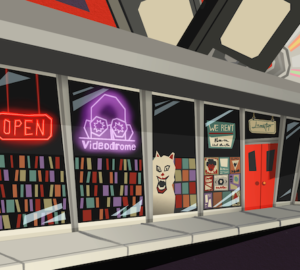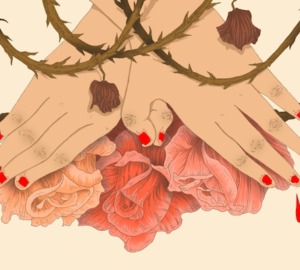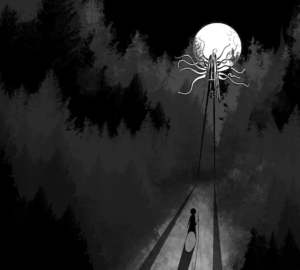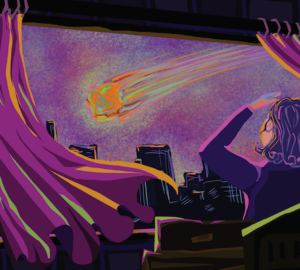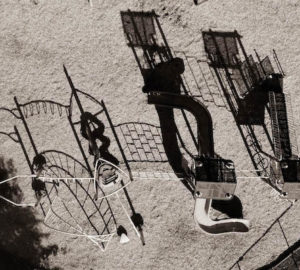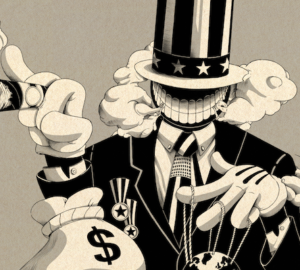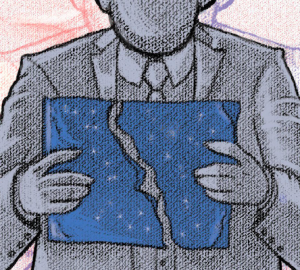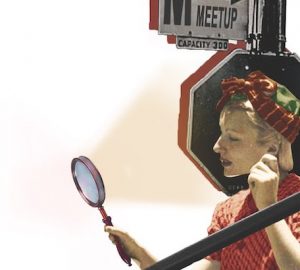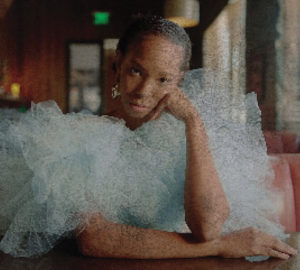Street Art: Vandalism or Fine Art?
While there’s often debate about the role of street art in our society, these photographs highlight the beauty and expression of each piece.
WRITTEN AND PHOTOGRAPHED CONRAD MAXWELL-GIROD
In many places, especially the city, street art is something you’ll often come across when you’re out and about. Street art comes in many forms, from graffiti in tunnels and murals on buildings, to stickers on poles and full-on installations. For some people, street art is considered destructive vandalism. For others, it’s a means of beautification.
There’s a fine line between positive and negative here. Is the art misrepresenting something? Or is it detracting from the architecture? What is it promoting? Is it inappropriate, or disrespectful to anyone directly associated to what it’s placed on? I think all of these things need to be assessed, among other factors, to make proper judgment of a piece.
A particular depiction of a koi pond on the Beltline made me think about coexistence and the condition of my community, and I think that the overall piece represents unity. Because street art is such a broad form of expression, it’s hard to deem it as vandalism and ignore the many positive impacts on communities that street art has. Sure, people may be defacing someone else’s property, but countless people have actually benefited from these pieces created on their walls. Furthermore, society would be much duller without street art. I don’t feel it would be right to say that all street art is vandalism because it generalizes the overall effect it has.
My goal is to show the positivity and creativity that street artwork can bring. Street art can benefit a community and add interest to what would otherwise have been mundane landscapes.


